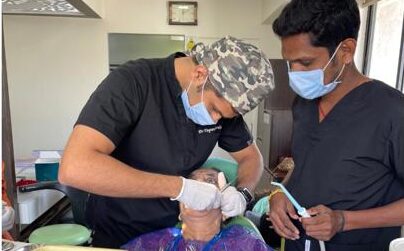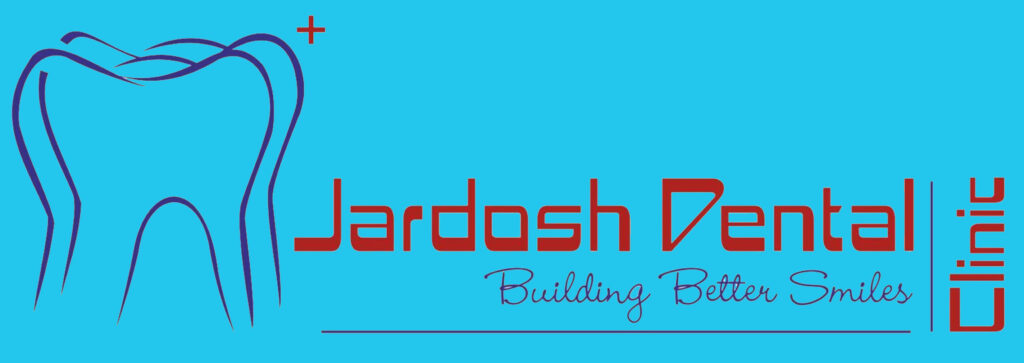Tooth Extraction
Tooth extraction is a dental procedure in which a tooth is removed from its socket in the jawbone. This procedure is typically performed by a dentist or an oral surgeon. Here is some information about tooth extraction:
Reasons for Tooth Extraction:
- Severe tooth decay or damage that cannot be repaired with a filling or crown.
- Advanced gum disease that has caused loosening of the tooth.
- Crowded teeth or impacted wisdom teeth.
- Preparation for orthodontic treatment.
- Infection or risk of infection in a tooth.
Types of Tooth Extraction:
- Simple Extraction: This is performed on a tooth that can be seen in the mouth. The dentist loosens the tooth with an instrument called an elevator and then removes it with forceps.
- Surgical Extraction: This is a more complex procedure and is used for teeth that are not easily accessible or have not fully erupted, such as impacted wisdom teeth. It may require an incision in the gum and sometimes the tooth may need to be broken into smaller pieces for removal.
Procedure:
- Before the extraction, the dentist will take X-rays to understand the tooth’s position and the surrounding structures.
- Local anesthesia is usually administered to numb the area around the tooth.
- For surgical extractions or more complex cases, general anesthesia or sedation may be used to ensure patient comfort.
- The dentist or oral surgeon will then carefully remove the tooth from its socket.
- After extraction, a blood clot usually forms in the socket to aid in healing.
- The dentist may place gauze over the extraction site to help control bleeding and ask the patient to bite down on it.
- The dentist will provide instructions for post-extraction care, including information on pain management, eating, drinking, and oral hygiene.
Aftercare:
- It’s common to experience some pain and swelling after the extraction.
- Pain medication prescribed by the dentist can help manage discomfort.
- Patients are usually advised to avoid certain activities such as smoking, using straws, and vigorous rinsing for a few days after the extraction to prevent complications.
- Eating soft foods and maintaining good oral hygiene are important during the healing process.
- The dentist may schedule a follow-up appointment to monitor healing and remove any stitches if necessary.
Complications:
- While tooth extraction is a routine procedure, complications can occur, including infection, excessive bleeding, dry socket (where the blood clot is dislodged), or nerve injury.
- Following the dentist’s instructions for aftercare can help minimize these risks.



